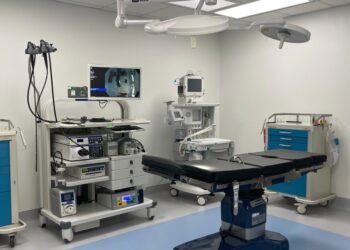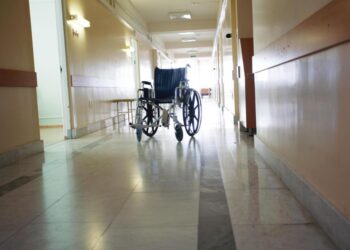At first, no one thought Nina White had a heart attack.
Every detail of that day 10 years ago, when she was just 51, is sharp in her memory. She thought the tightness in her chest was overexertion from multiple trips up the ladder to the attic in her Portsmouth home. Her husband thought it was indigestion from tacos.
But her sister, who has a medical technology background, urged her to go to the emergency room and get a blood test that can detect heart attacks for a brief period after they’ve happened. When she got there, even the doctor told her he didn’t think she’d had one.
Then, the test came back positive for troponin, a protein released when the heart is damaged.
“It was horrifying,” White said. “So many people die in the first year after a heart attack, and I was terrified. I was waiting for it to happen.”
Heart disease is the leading killer of women as well as men, but it’s often under-recognized in women, said Dr. Dena Krishnan, White’s cardiologist for the past two years. Krishnan practices at the Bon Secours-affiliated Cardiovascular Specialists clinic in Suffolk.
“What you notice is women tend to have had symptoms for longer,” Krishnan said. “It’s really bad by the time they come to seek help.”
New research may help explain the complex reasons why heart risk increases sharply after menopause. Now, there’s evidence that as their estrogen drops, women’s risk rises faster than that of men the same age. Arterial plaque increased twice as fast on average in postmenopausal women than in men with similar demographics and medical status, according to research presented last month at an American College of Cardiology conference based on a study of 579 postmenopausal women.
Doctors have long known that estrogen seems to provide protection against heart disease. But it’s hard to pinpoint how menopause interacts with other risk factors, like genetics and lifestyle, in part because its onset and length vary so significantly among…
Read the full article here







